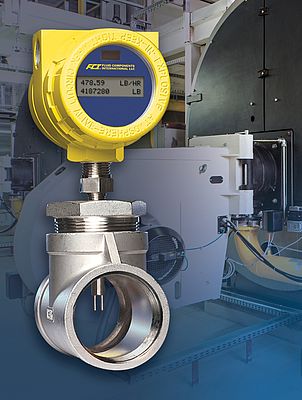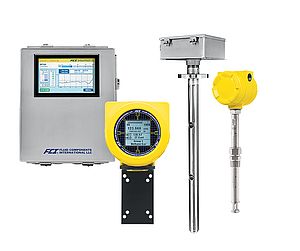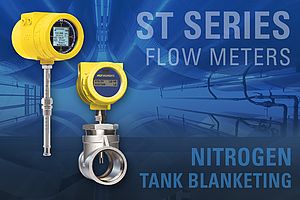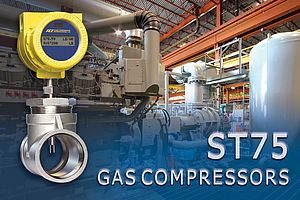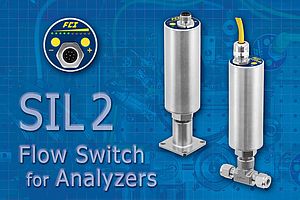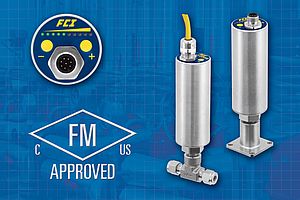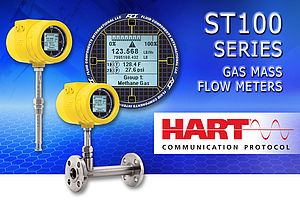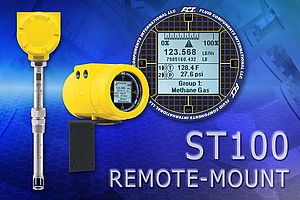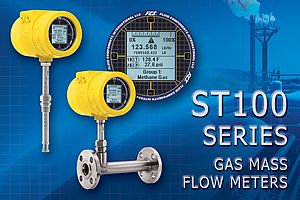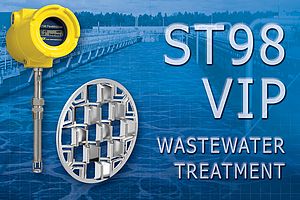The ST75 Air/Gas Flow Meter measures fuel gas, process gas, inert gas, waste gases and air in small line sizes, optimizes the fuel-to-air ratio for plant burner-boiler control, reducing plant fuel costs while protecting the environment. Monitoring the mix of natural gas and air consumed by burners in heating plant boilers, ovens, heaters and other equipment minimizes fuel consumption, lowers plant energy costs and reduces pollutant emissions. Burners are designed to maximize combustion efficiency while minimizing emissions. The natural gas and air flow measurement provided by the flow meter allows process and facility engineers to monitor and control the precise amount of fuel and air needed to fire burners most efficiently. It is designed for small line sizes ranging from 6 to 51mm. The meter provides three unique outputs: the mass flow rate, totalized flow and media temperature. It is suited for application in a wide range of industries including chemical, electric power, food/beverage, advanced materials, pharmaceuticals and semiconductor.
Disclaimer: Content published by TIM Global Media, including text, images, and videos, is either created in-house or provided by Suppliers/Manufacturers with their approval. Suppliers/Manufactures warrant that their materials do not infringe third-party rights and agree to indemnify and hold TIM Global Media harmless from any related claims.



